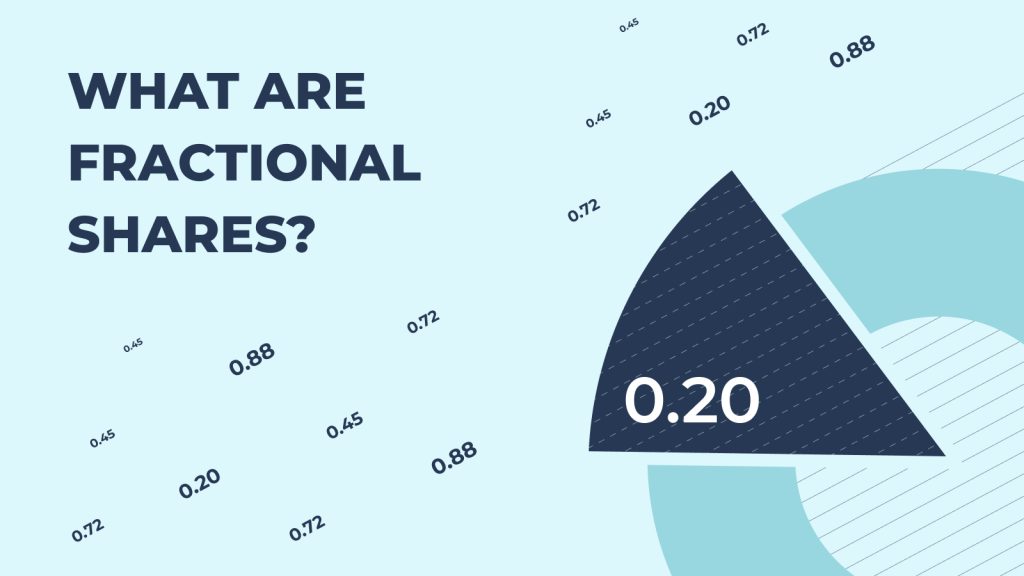In a cultural echo of the past, reminiscent of the anthem “Take This Job and Shove It,” a significant number of Americans are bidding farewell to the workforce and embracing retirement, shaping what experts are now calling the ‘Great Retirement’ wave.
While economists had long anticipated a surge in retirements as the baby boomer generation entered their golden years, the onset of the COVID-19 pandemic accelerated this trend beyond initial projections. Termed the “Great Retirement Boom,” the phenomenon witnessed a notable uptick in retirements, defying conventional expectations. However, just as retirement figures appeared to stabilize, recent months have witnessed a resurgence, culminating in a post-pandemic record high in December.
Miguel Faria-e-Castro, an economist at the Federal Reserve Bank of St. Louis, notes a significant discrepancy between actual retirement figures and those predicted by economic models. The United States currently boasts approximately 2.7 million more retirees than initially forecasted, underscoring the magnitude of this societal shift.
Market dynamics have played a pivotal role in driving this trend. The resurgence of financial markets, particularly evidenced by the S&P 500’s robust performance, has bolstered retirement accounts and fortified the financial security of older Americans. Following a downturn in 2022, the index rebounded impressively in 2023, surging by 24%, with substantial gains concentrated in the fourth quarter. Concurrently, housing markets across the nation have exhibited sustained growth, further enhancing the wealth accumulation of retirees.
Also read: The New Trend ‘soft saving’ Transforming Retirement for Young People
Anticipated actions by the Federal Reserve, including potential interest rate cuts and a projected decline in inflation, have also influenced retirement decisions. The prospect of a more favorable economic landscape may have incentivized individuals to expedite their retirement plans, while reassuring existing retirees of the feasibility of remaining out of the workforce.
Moreover, shifts in workplace dynamics may be nudging individuals towards retirement. Employers, in response to evolving work-from-home policies and a desire for greater in-office presence, may inadvertently be pushing older workers towards retirement. This dynamic is evidenced by the steady decline in the labor force participation rate among individuals aged 65 and above, which currently stands at 19.1%, slightly below its pre-pandemic level of 20.2%.
As America navigates through this ‘Great Retirement’ wave, the implications for both the workforce and the economy remain profound. The exodus from the workforce poses challenges for employers grappling with labor shortages, while also signaling a transformative shift in societal norms surrounding retirement and aging.
In light of these developments, policymakers and businesses alike must adapt to accommodate the evolving needs and aspirations of an aging workforce, ensuring a smooth transition for retirees while harnessing the wealth of experience and talent they bring to the table.
As ImpactWealth.Org continues to explore the intersections of finance, economics, and societal trends, the ‘Great Retirement’ wave stands as a poignant reminder of the ever-evolving landscape of retirement in America and its far-reaching implications for individuals and the broader economy alike.
Also read: Top 10 Retirement Destinations in the U.S


















